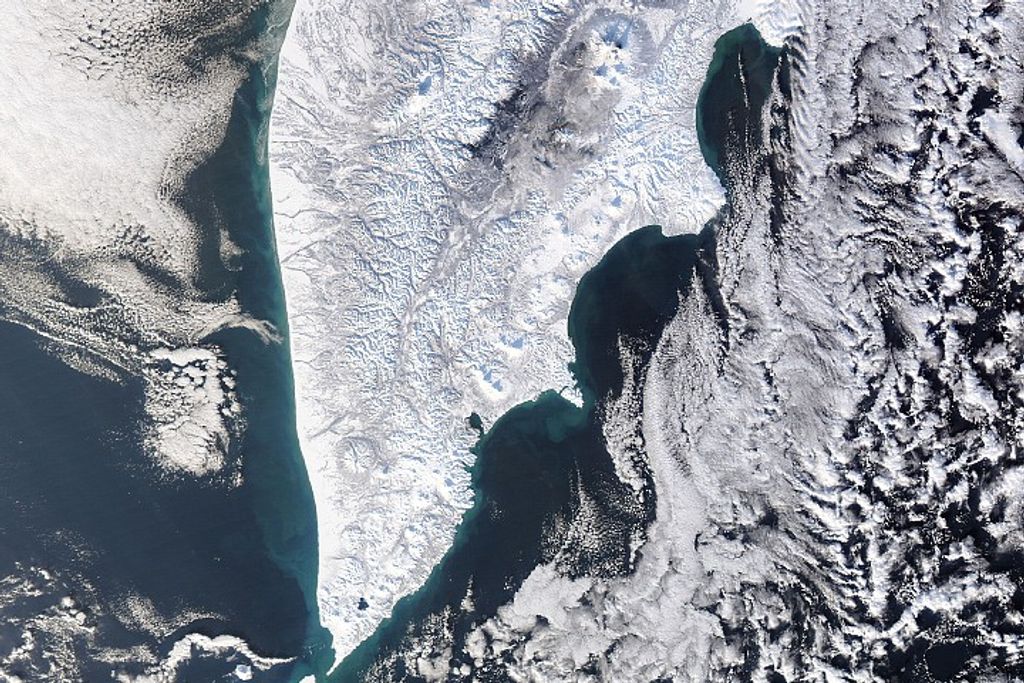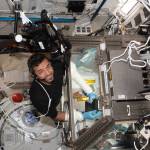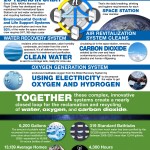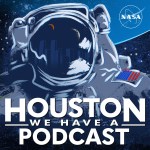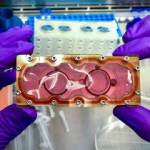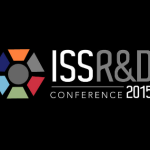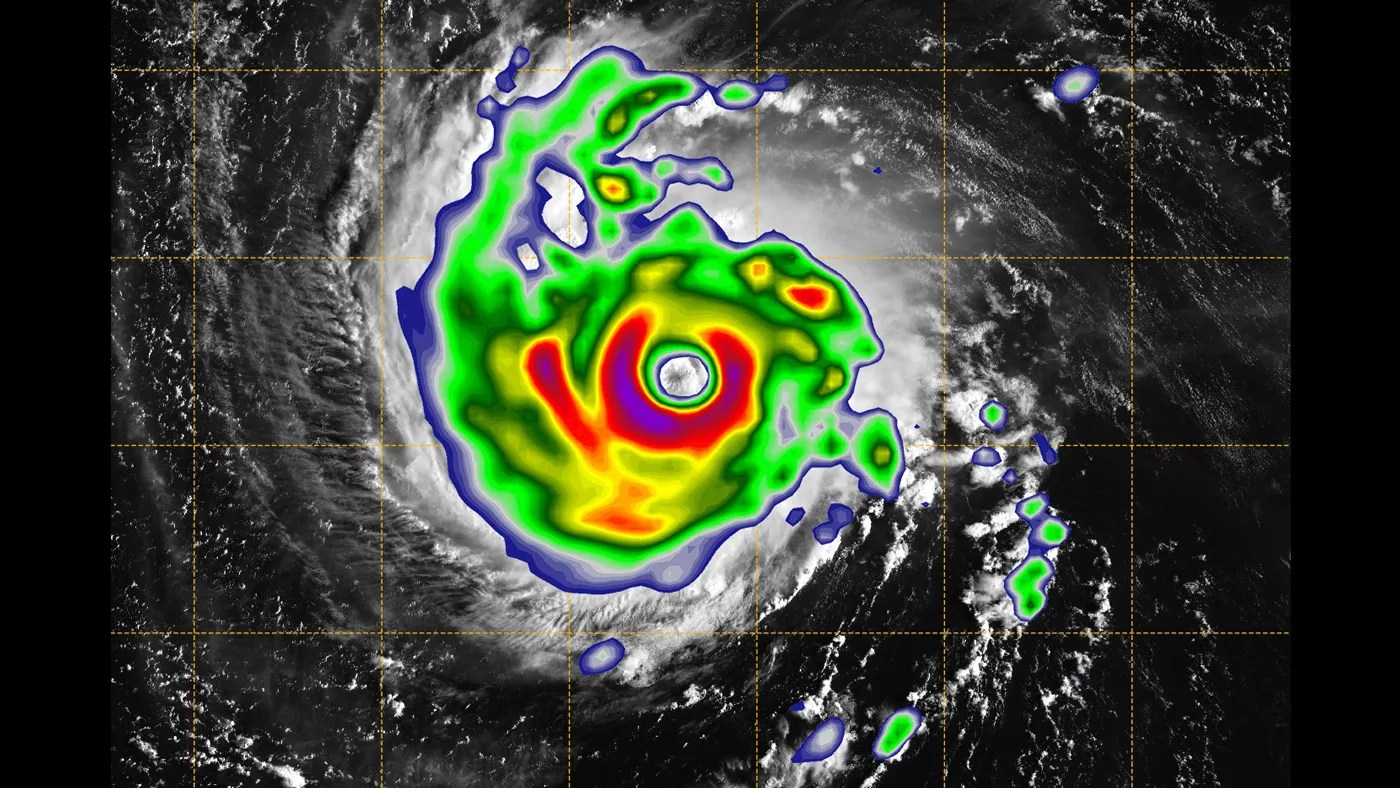Technology
NASA’s Advancements in Space Continue Generating Products on Earth
The latest edition of NASA’s Spinoff publication, which highlights the successful transfer of agency technology to the commercial sector, is now available online.
For nearly 25 years, NASA has supported crew working in low Earth orbit to learn about the space environment and perform research to advance deep space exploration. Astronauts aboard the International Space Station have learned a wealth of lessons and tried out a host of new technologies. This work leads to ongoing innovations benefiting people on Earth that are featured in NASA’s annual publication.
Learn More about NASA’s Advancements in Space Continue Generating Products on Earth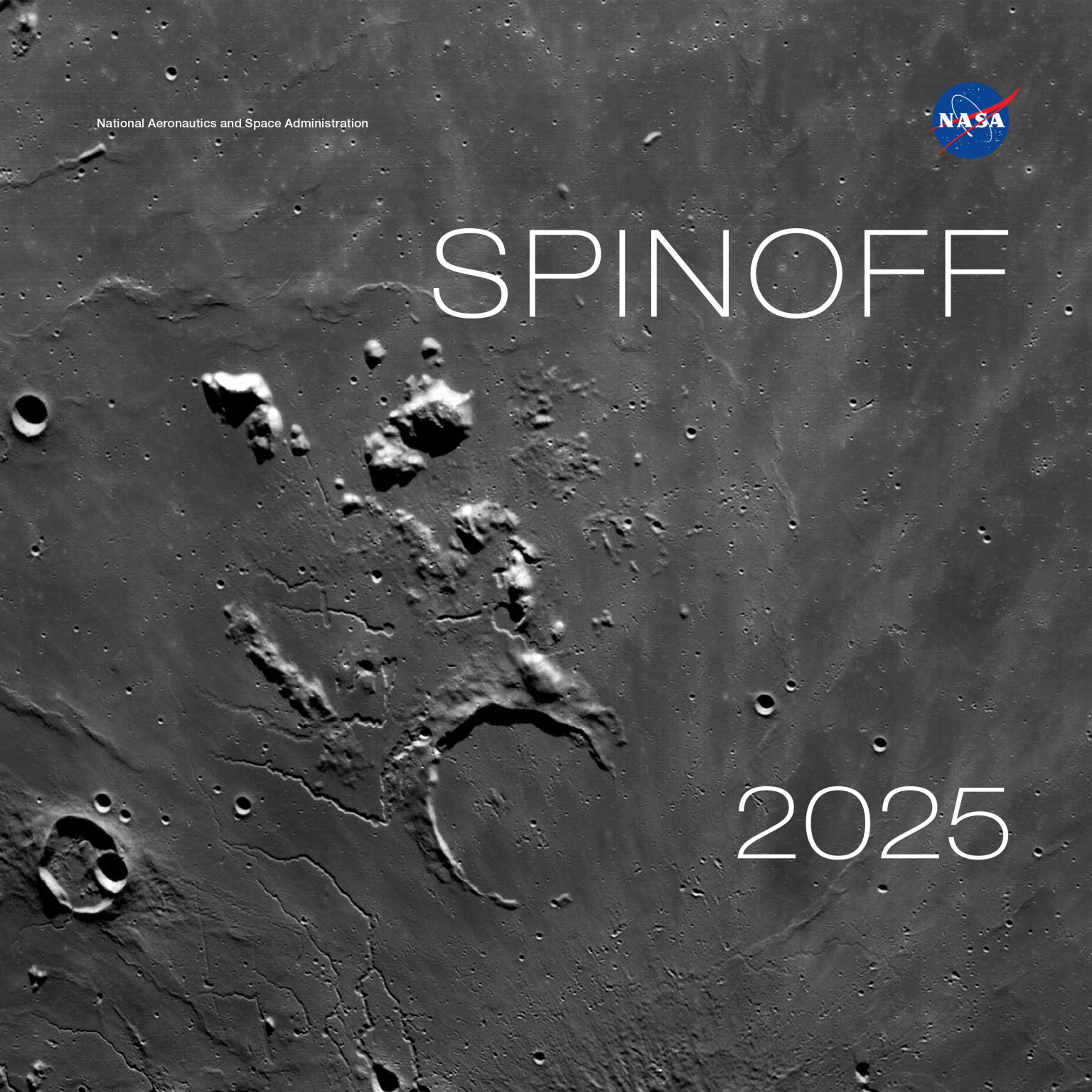
Research Opportunity
Up to $650,000 Funding for Tech Advancement in Low Earth Orbit
The International Space Station International Space Station National Laboratory is soliciting flight concepts for technology advancement that utilizes the space-based environment of the orbiting laboratory.
This solicitation, “Technology Advancement and Applied Research Leveraging the ISS National Lab,” is open to a broad range of technology areas, including chemical and material synthesis in space, translational medicine, in-space edge computing, and in-space servicing, assembly, and manufacturing. It also encompasses the application of space station remote sensing data to improve geospatial analytics for commercial use.
Learn More about Up to $650,000 Funding for Tech Advancement in Low Earth Orbit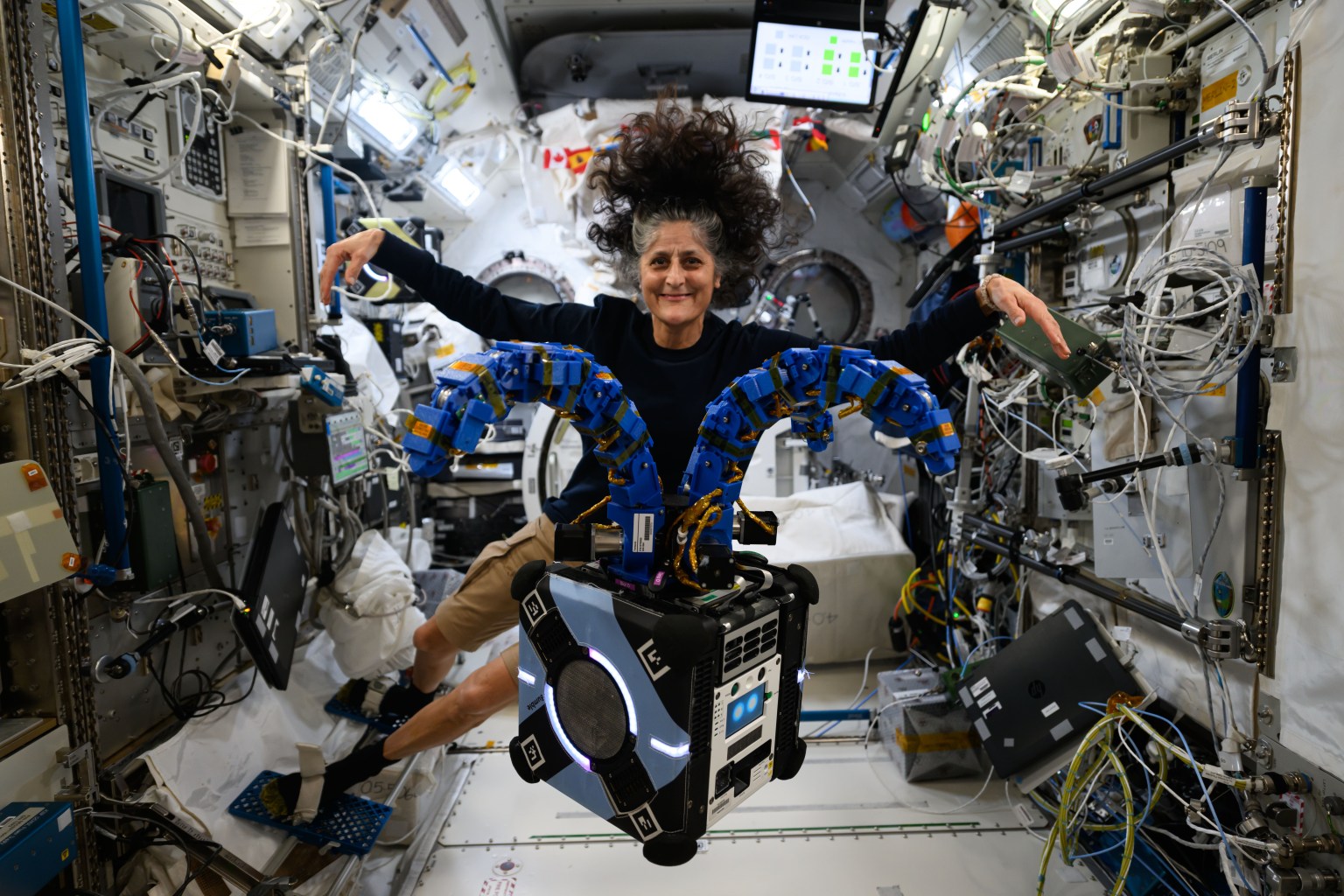
NASA to Test Solution for Radiation-Tolerant Computing in Space
Onboard computers are critical to space exploration, aiding nearly every spacecraft function from propulsion and navigation systems to life support technology, science data retrieval and analysis, communications, and reentry.
Learn More
New Earth Observation Technology to Expand Insights on Environment
With its unparalleled view of Earth, the International Space Station (ISS) is about to take its environmental monitoring to new heights. An ISS National Laboratory®-sponsored payload, engineered by Airbus U.S. Space and Defense, Inc. for the external hosting Airbus-developed platform Bartolomeo, is set to expand access to the space station’s unprecedented vantage point for research and technology demonstrations.
Learn More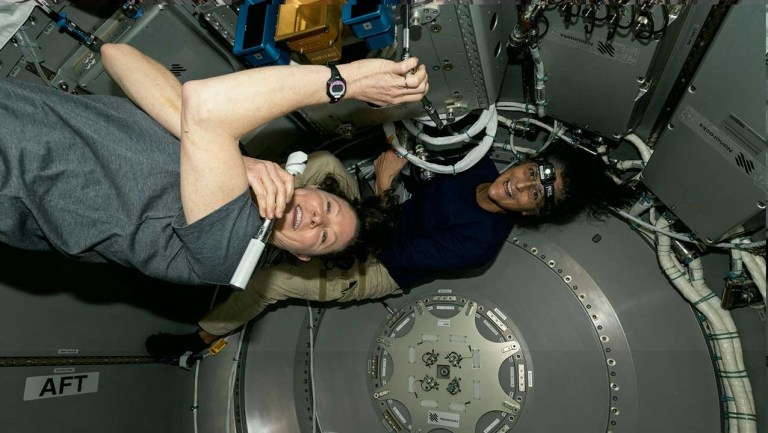
Innovation in Focus: Technology Development
Enter the realm of low Earth orbit, where the International Space Station (ISS) serves as a beacon of innovation and a testament to human ingenuity. The ISS National Laboratory sponsors groundbreaking research and development pioneering new technologies.
Learn More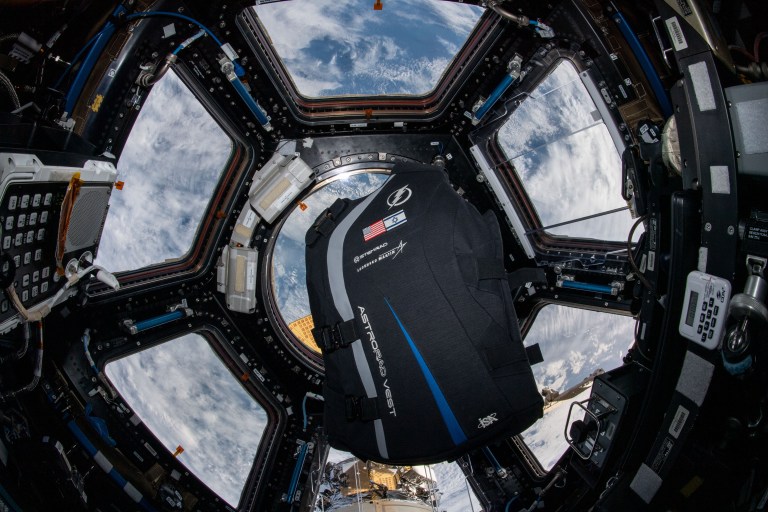
Astronaut Set to Patch NASA’s X-ray Telescope Aboard Space Station
NASA astronaut Nick Hague will install patches to the agency’s NICER (Neutron star Interior Composition Explorer) X-ray telescope on the International Space Station as part of a spacewalk scheduled for Jan. 16. Hague, along with astronaut Suni Williams, will also complete other tasks during the outing.
Learn More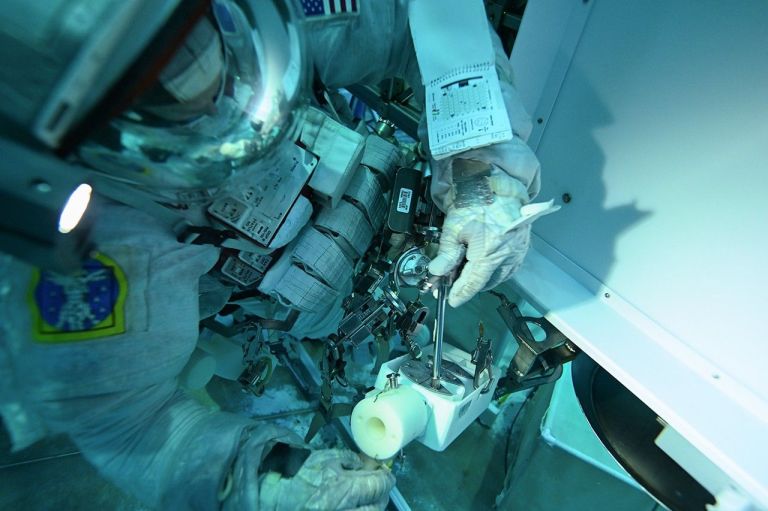
Research Opportunities
The ISS provides the safest, and most efficient capability to test, improve, and qualify advancements in space flight hardware.
Find Opportunities Available








